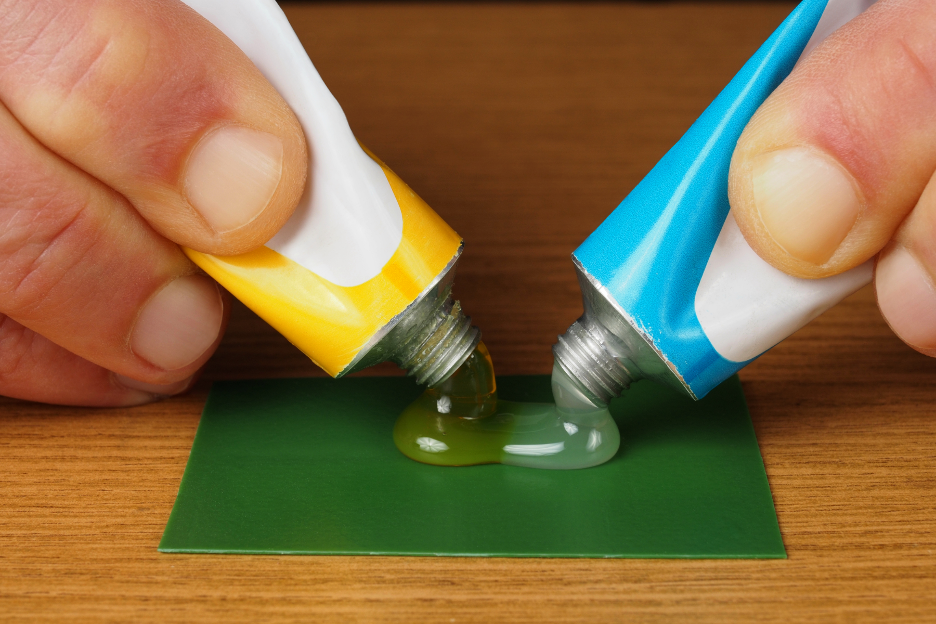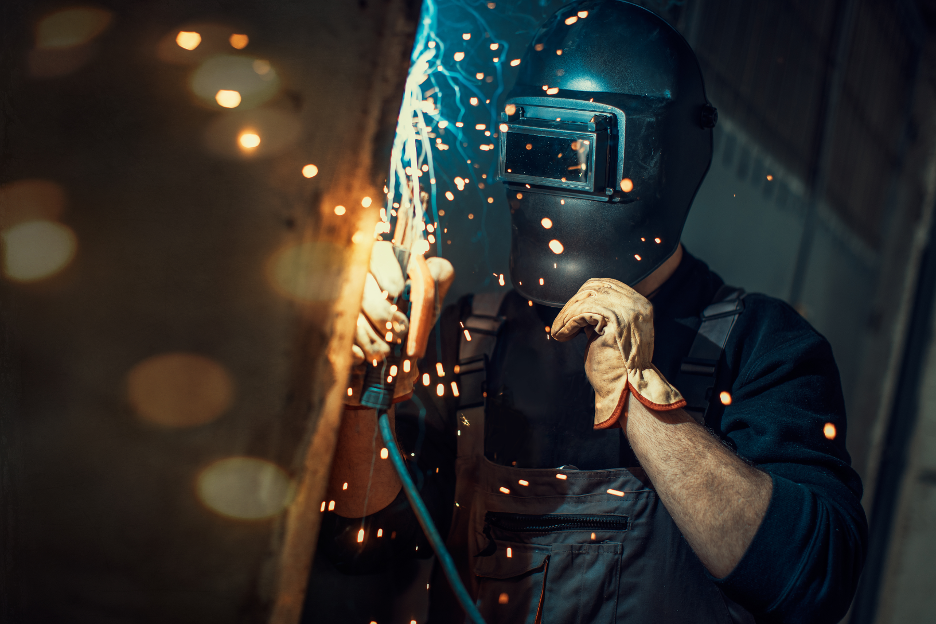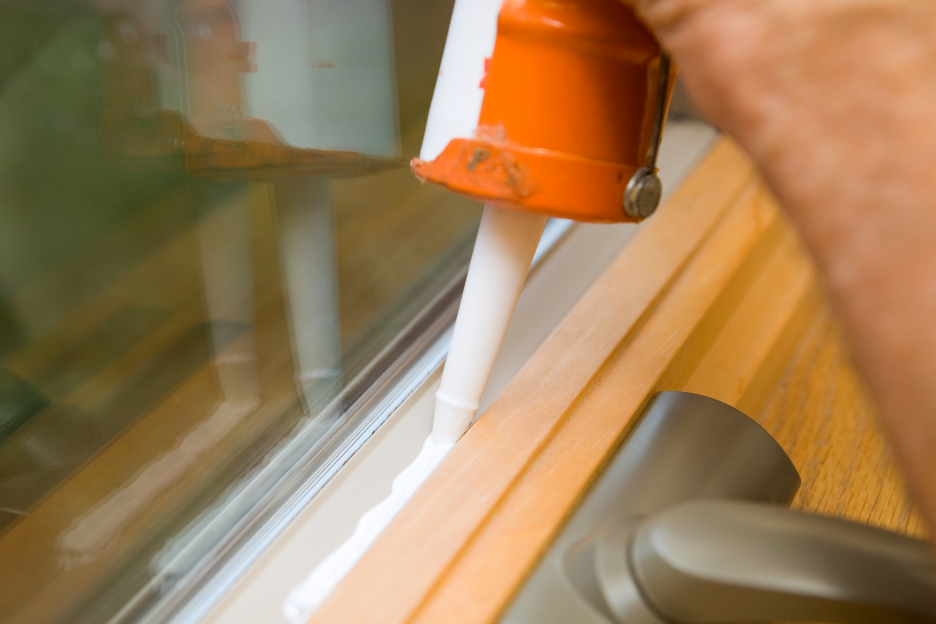Epoxy adhesives have become an indispensable tool both in industrial processes and everyday repairs, thanks to their high durability and resistance to external factors. These adhesives are popular across a wide range of industries - from metalworking and electronics to construction and craftsmanship. However, the wide array of available options can raise the question - which epoxy adhesive should be chosen for a specific need? In this article, we will look at the main aspects that will help you make the right choice.
Surface material - the first step in selection
The first and most important factor in choosing an epoxy adhesive is the material to be bonded. Different surfaces require different formulas - adhesives suitable for metal will differ from those intended for plastic, ceramics, or glass. For example, bonding metal parts requires adhesives with high mechanical strength and impact resistance, while in the case of plastic, flexibility and the ability to adapt to temperature changes are crucial. Some epoxy adhesives are universal, but to ensure the best result, it is advisable to choose a variant specifically designed for the material. Choosing the right adhesive for the material can significantly extend the service life of the bond.
Curing time - a condition for work efficiency
Another crucial aspect is the curing time, or how quickly the adhesive reaches full mechanical strength. If a quick repair is needed or production efficiency is a priority, a fast-curing epoxy adhesive should be chosen. However, it should be noted that some fast-curing adhesives may be less durable in the long term. Conversely, if the work is carried out in a careful, controlled environment and it is possible to allow for a longer curing time, then high-performance products with extended curing periods can be chosen, offering better strength and durability. Carefully selecting the curing time helps optimize workflow and avoid unnecessary interruptions.
Environmental conditions and operational load
Epoxy adhesives are often chosen based on their resistance to moisture, temperature fluctuations, and chemicals. For example, if the bonded surfaces will be exposed to high temperatures or contact with chemicals, industrial-grade epoxy adhesives with particularly high resistance should be selected. It is also important to consider whether the bonded parts will be subjected to mechanical loads - such as vibrations, pressure, or impacts. For such situations, structural adhesives that feature excellent mechanical stability are suitable. Ignoring these factors can jeopardize the safety or long-term performance of the structure.
Choosing the right epoxy adhesive is not a simple process, but by understanding your needs and the specific requirements for surfaces, conditions, and work pace, it is possible to select a solution that will serve reliably and efficiently. There is a variety of epoxy adhesives available for different applications - from precise repair work to heavy industry. To ensure a successful choice, it is worth consulting with professionals who can help select the most suitable product for the specific task.



